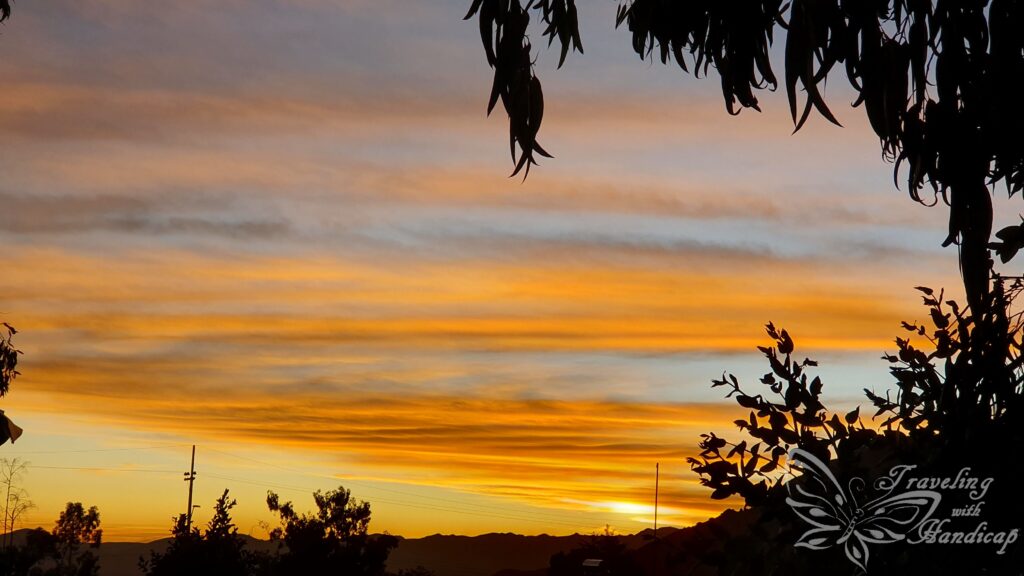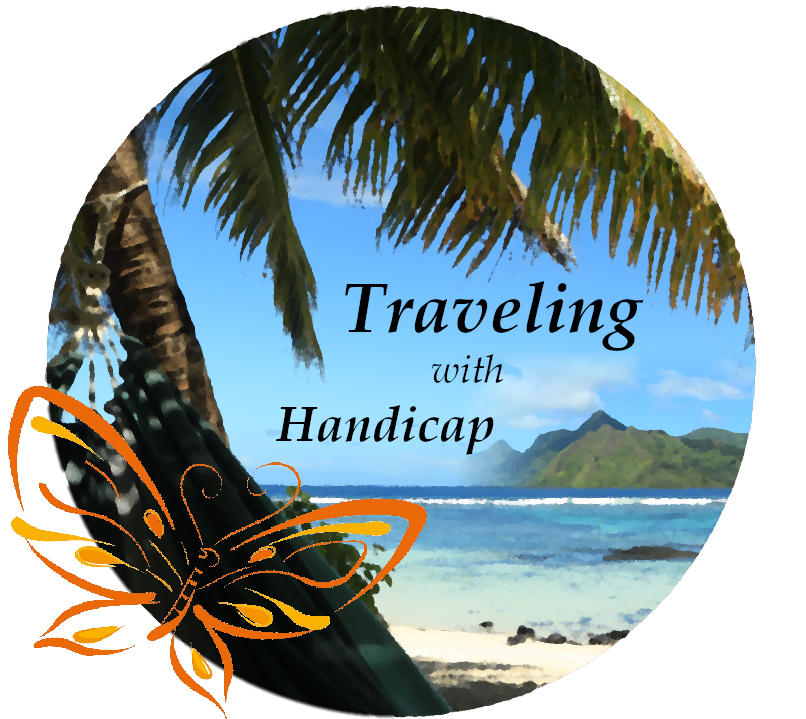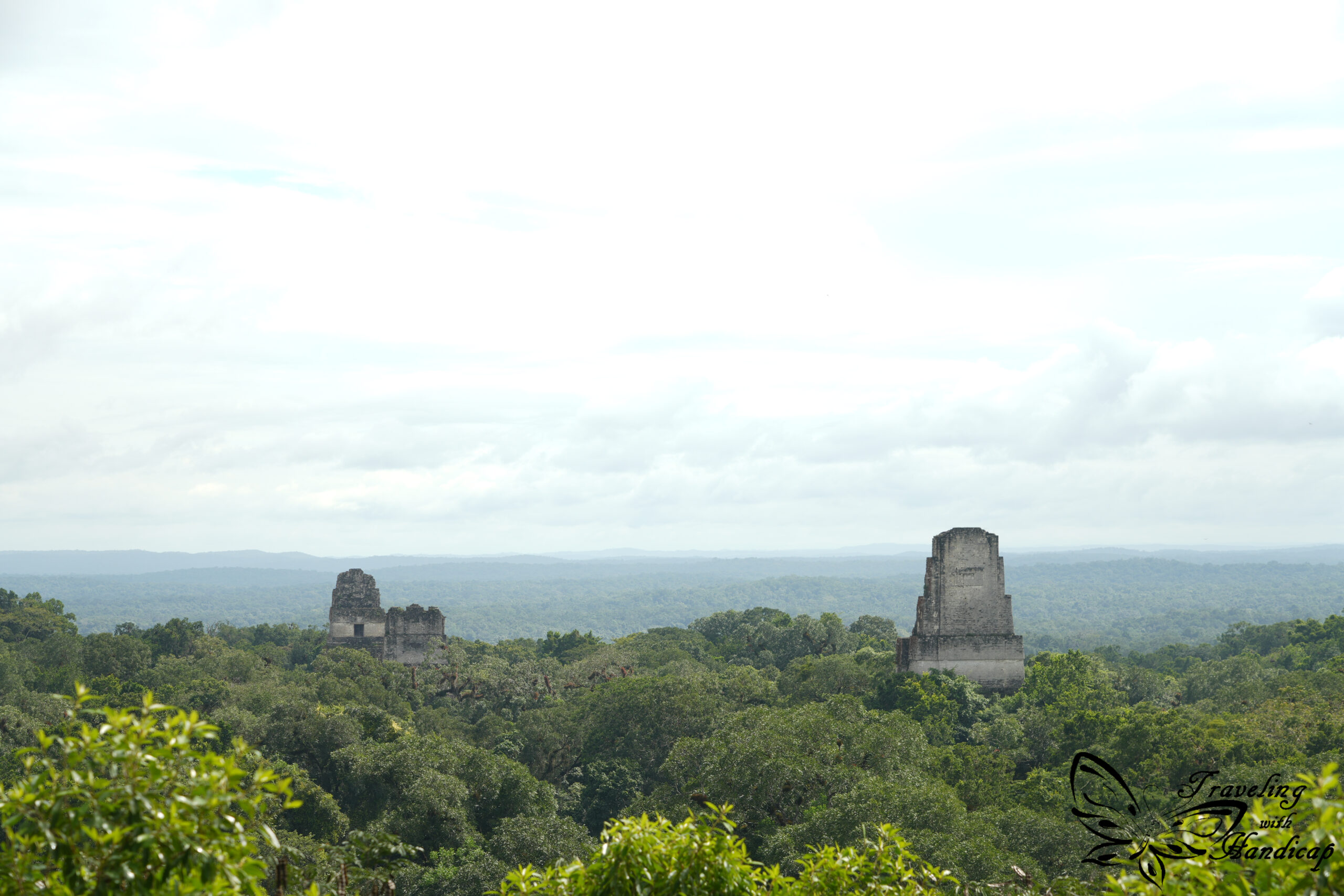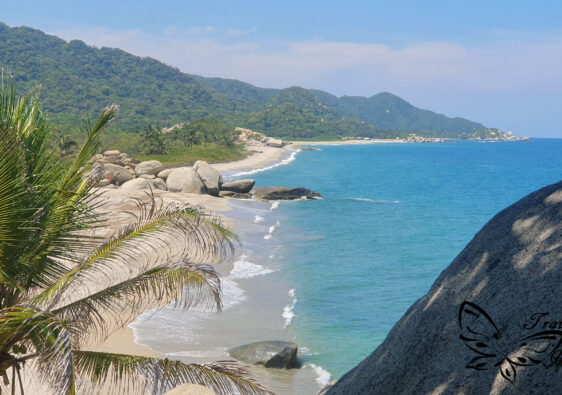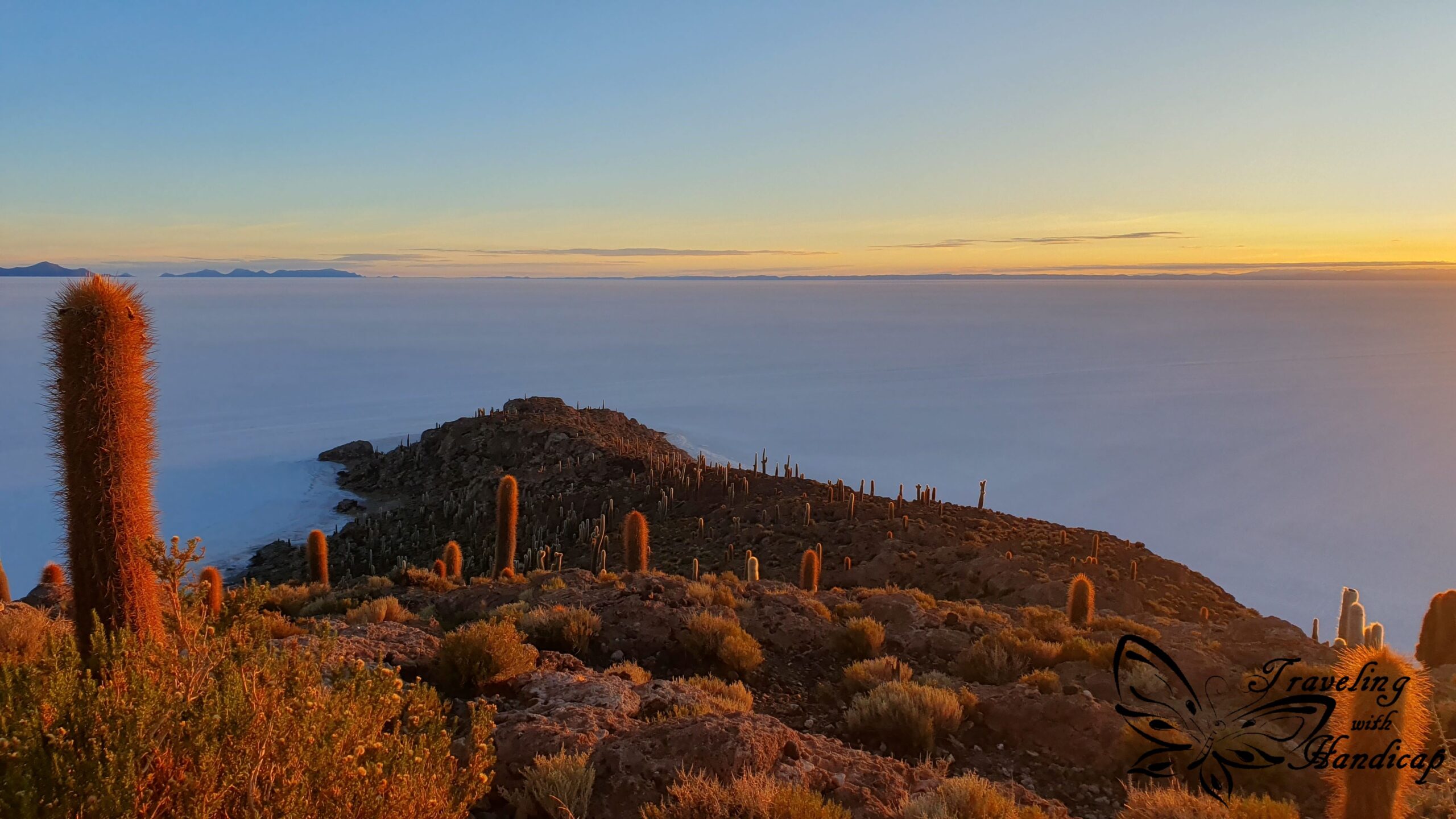It is better to travel well than to arrive.
Arthur C. Custance
After approximately 2 weeks on altitude, approximately 3000 m and above, I was happy to head back to the Pacific. Even though I had no physical problems with the altitude, breathing was more difficult. Not only because of the reduced availability of oxygen, but also because I felt like breathing more dirt and dust than oxygen. I assume I’ve mentioned that the driest place on earth (except for Antarctica) is in the Atacama Desert?
From the Atacama Desert to Antofagasta
Unfortunately, there are no direct buses from San Pedro to Antofagasta. I have been asked why I don’t go directly to Iquique. Well, when I took the bus from Valparaiso to La Serena, the street following the coast offered amazing views. Also, north of La Serena, on the way to the Humboldt Penguins, the view from the road was stunning. Since Antofagasta and Iquique are connected through a street along the coast, I wanted to take this one.
In order to get to Antofagasta, I had to go to Calama first and from there to Antofagasta. This time, I arrived at another terminal and had to walk a few meters to the next terminal for a bus to Antofagasta leaving only 30 mins later. This way I could reduce my time in Calama to the absolute minimum. However, both the route from San Pedro to Calama and from Calama to Antofagasta were nothing more but ugly. Mines everywhere, dirt and dust, and loads of trucks. I want everyone who uses the resources from mining as if we have unlimited of them to take this route…
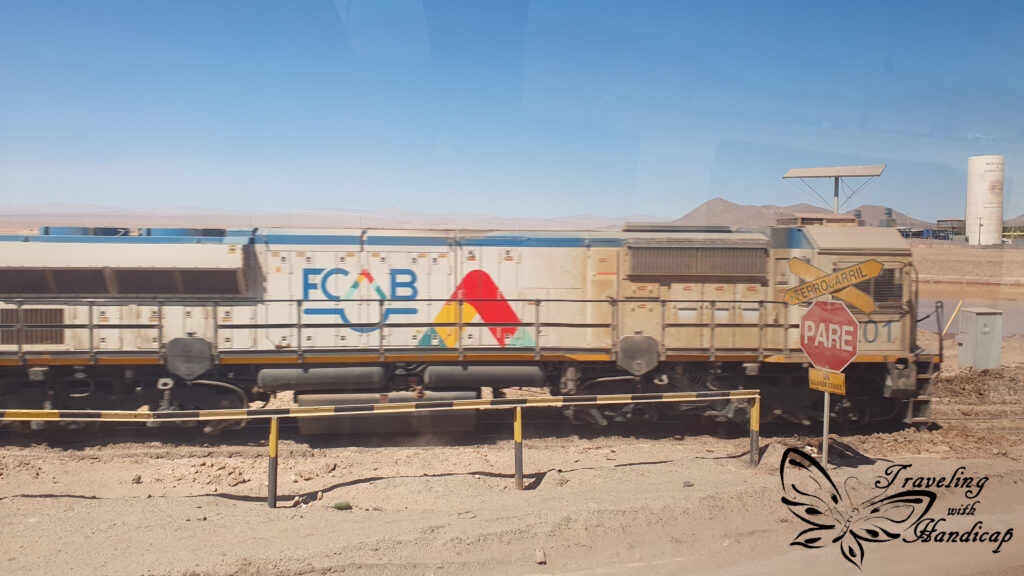


Antofagasta
Antofagasta is not touristy at all. There are some hotels and places to stay, more for business tourists or students, though. Antofagasta is quite long and stretched, it’s difficult to know where the “true” center is. In my opinion, the center is the region between the Ibis hotel and the port. From the bus terminal, I had to take an Uber to my accommodation because of the large distance. Don’t use taxis in Chile because they have no taximeter and drivers could scam you. I gave myself 1 day in Antofagasta to walk around. The next day I continued to Iquique.



Antofagasta is not really beautiful. Its “special effect” are the many houses built on the mountain, which is very close to the shore. This is also why Antofagasta is as stretched. I spent quite some time in the Mallplaza (big shopping center), since the smell of pee and shit was quite present on the streets, especially along the shore. Even though the walkway was quite nice, the smell was pushing me away.

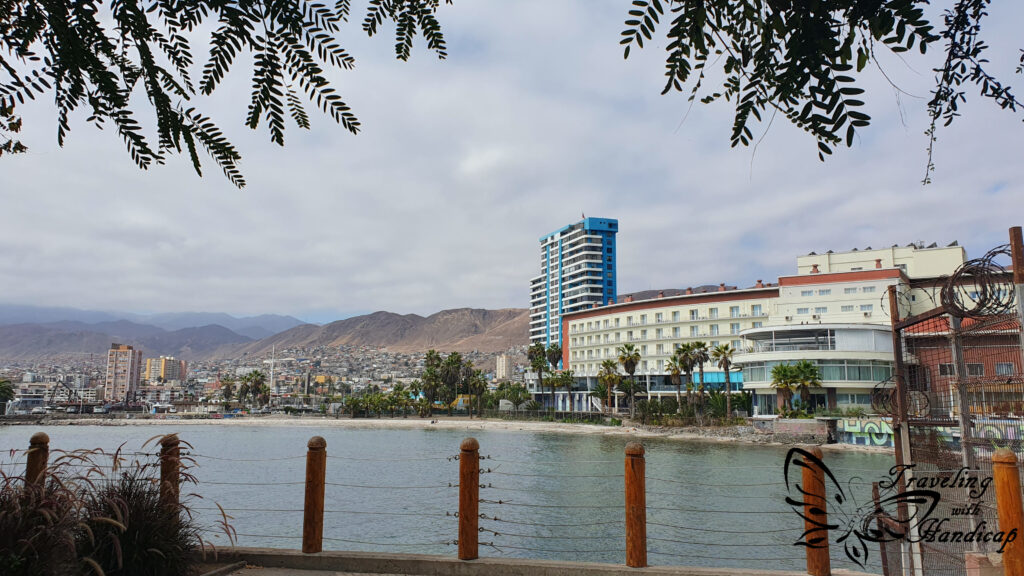

Antofagasta was the first destination where I encountered many homeless people. At the outer ends of the city there were slums which looked similar to the slums of Slum Dog Millionaire or worse. In my opinion, people don’t live in Antofagasta because it’s pleasant, but because there are jobs (related to mining). It seems as if everything which has been built or supported by mining money during the previous years looks reasonably good.
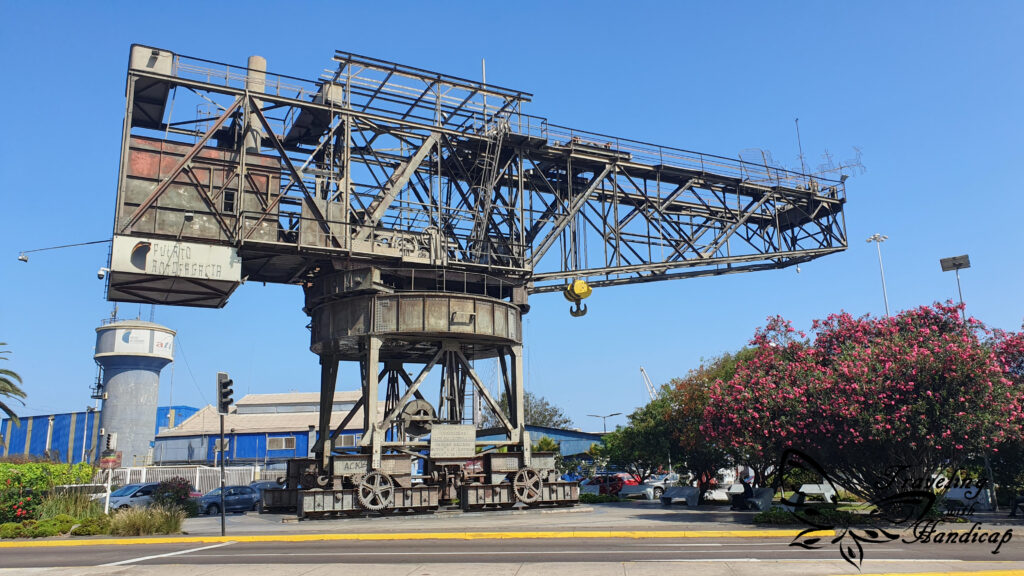
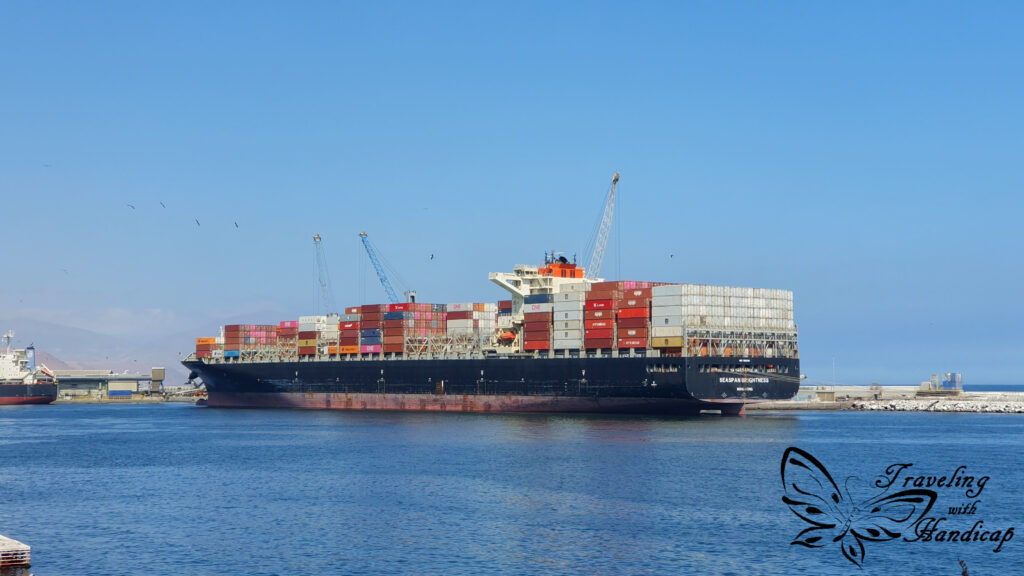

Along the coast up north to Iquique
I expected beautiful scenery comparable to the route of Valparaiso to La Serena. But this route was not beautiful for most parts. After this experience, I would recommend other travelers to go from San Pedro to Iquique directly. I am not sure whether on the “inland route” there are as many mines as from Calama to Antofagasta. Nevertheless, it’s difficult to have more mines, so maybe the inland route (as a part of the Panamericana) would be nicer.

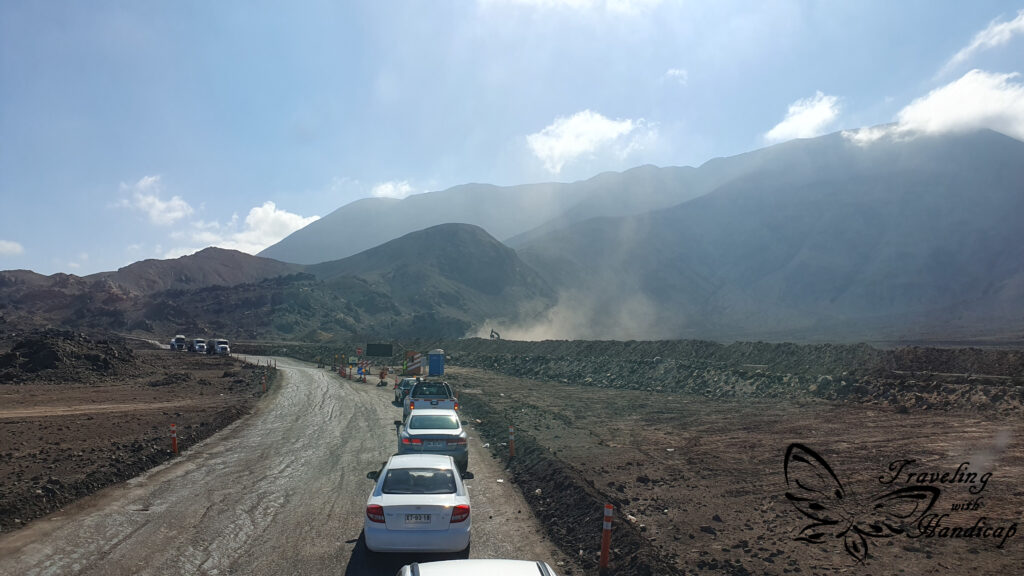

There were mines occasionally. However, the reason for why this route is rather ugly are the many “villages” which look like slums. The word “house” is an overstatement, just consisting of, wood bricks, corrugated iron, and cloths. I have not seen as ugly slums during my trip in Sri Lanka (where I would have expected them more than in Chile, at least after exploring the south and center of the country).
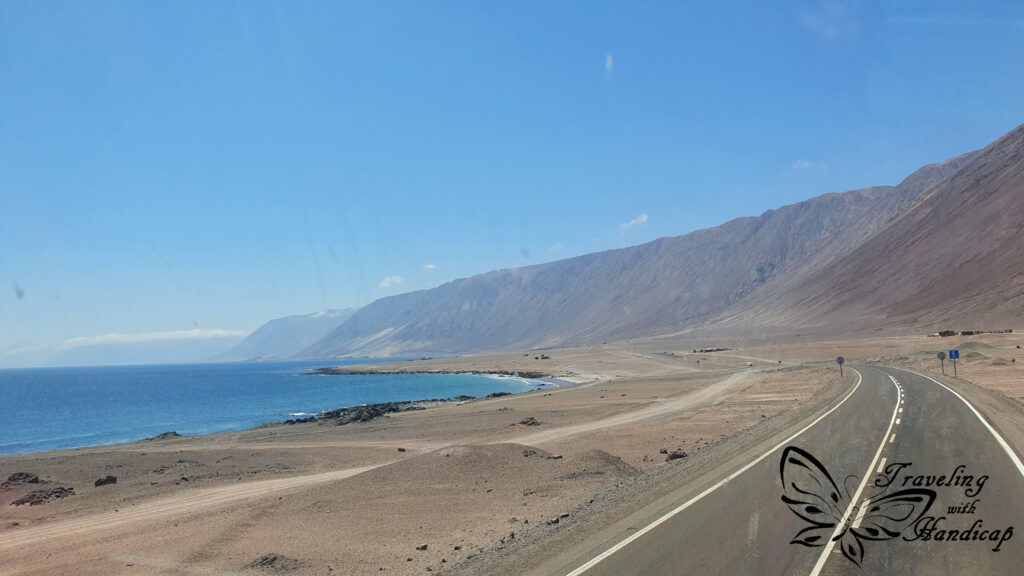


Iquique
Only closer to Iquique, it got cleaner and tidier. The center of Iquique is quite charming, actually, the central walkway reminded me of Guatemala and Belize as the houses looked rather Caribbean (and British). There is also a long beach which is quite touristy, you may watch amazing sunsets and get souvenirs or food from the market stores along the beach. The skyscrapers of Iquique’s center were quite colorful, which I liked. If you stay in Iquique, you have both the ocean and the Andes with the Atacama Desert facing each other, which is really cool.

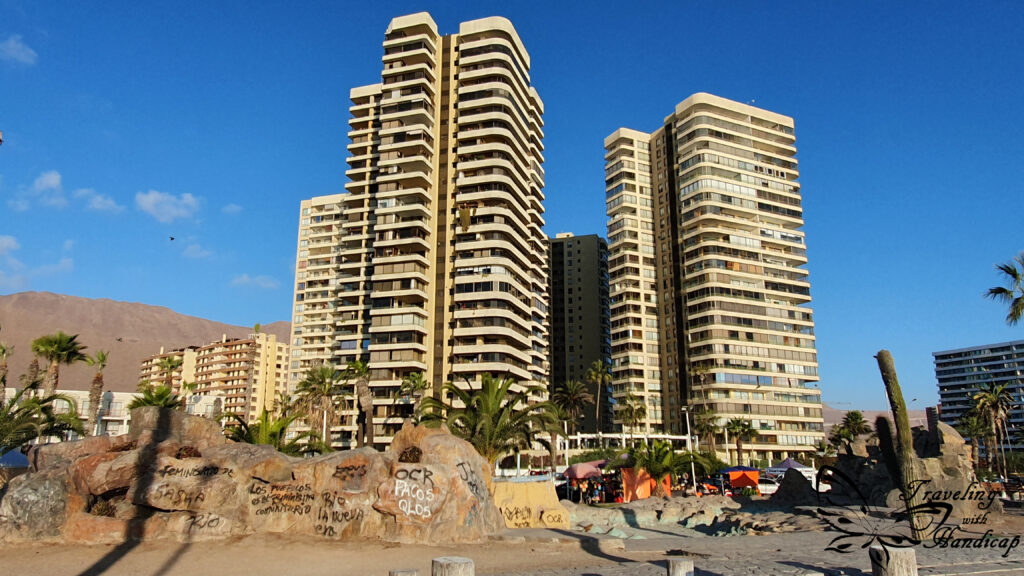
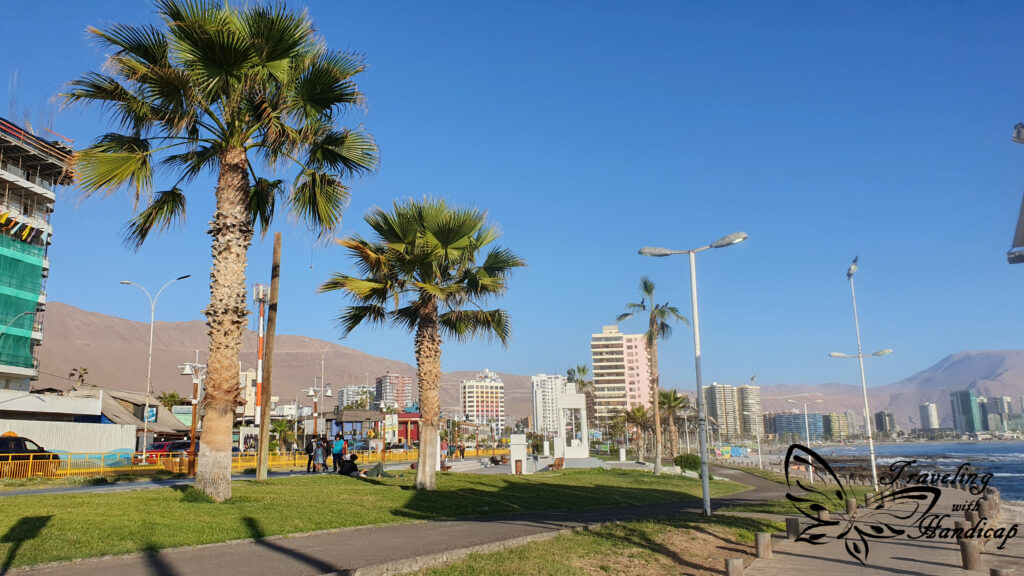
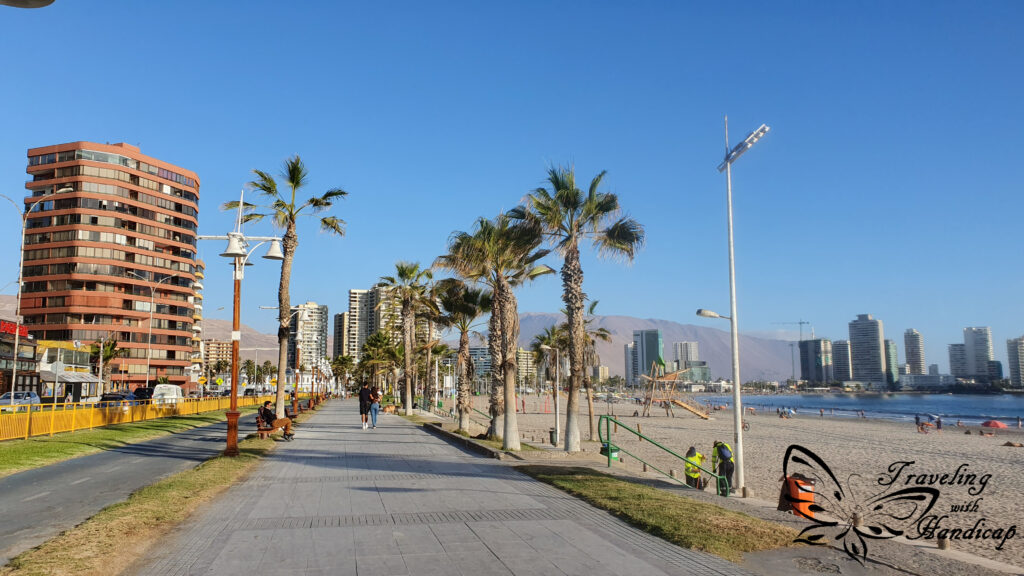
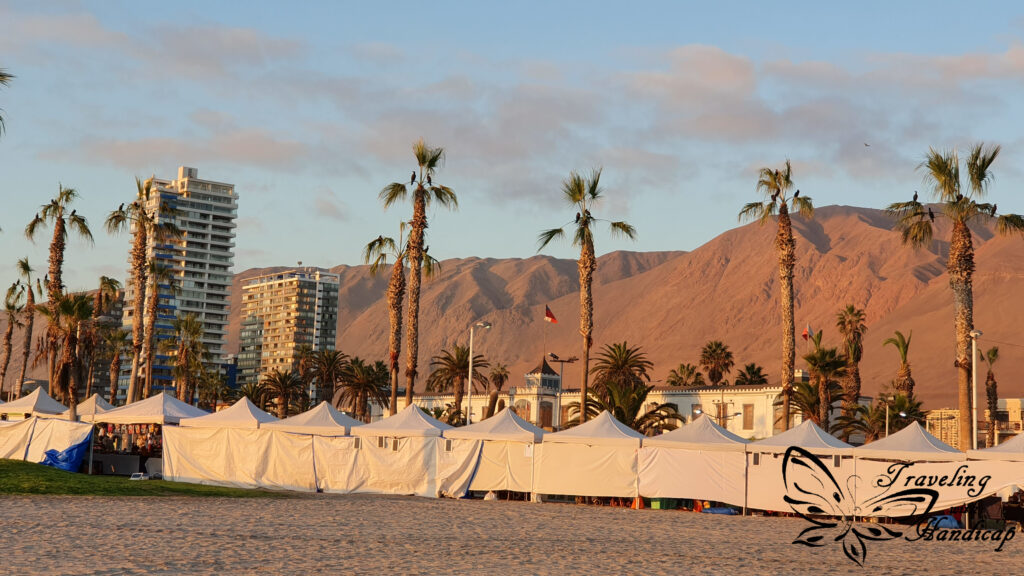




There are many restaurants and bars in the area between the central walkway and the beach (which is open for swimming). Other beaches have too strong waves, therefore they are not open for swimming. Every morning, I watched groups of people joining for surf trainings. One evening, students walked along the walkway of the beach and gave everyone little pieces of colored paper with notes like “live your life” (in Spanish). While I assume people only live in Antofagasta for work, Iquique has some atmosphere which makes it far more appealing.

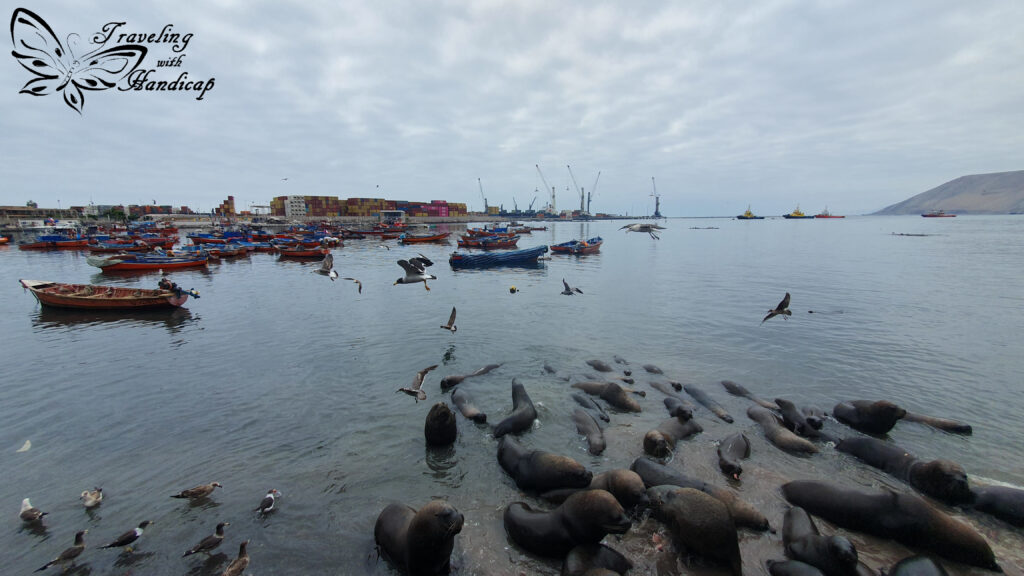
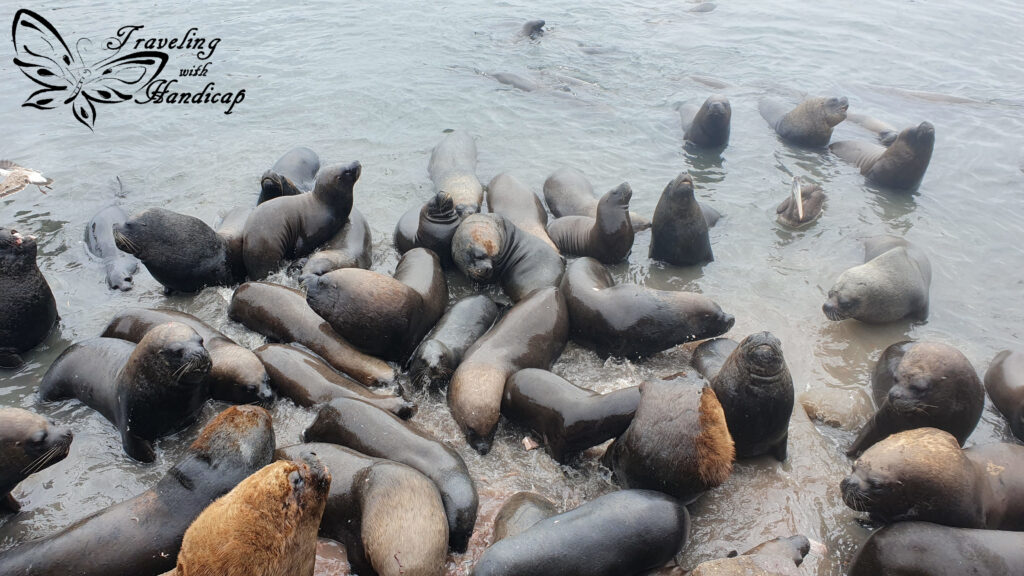
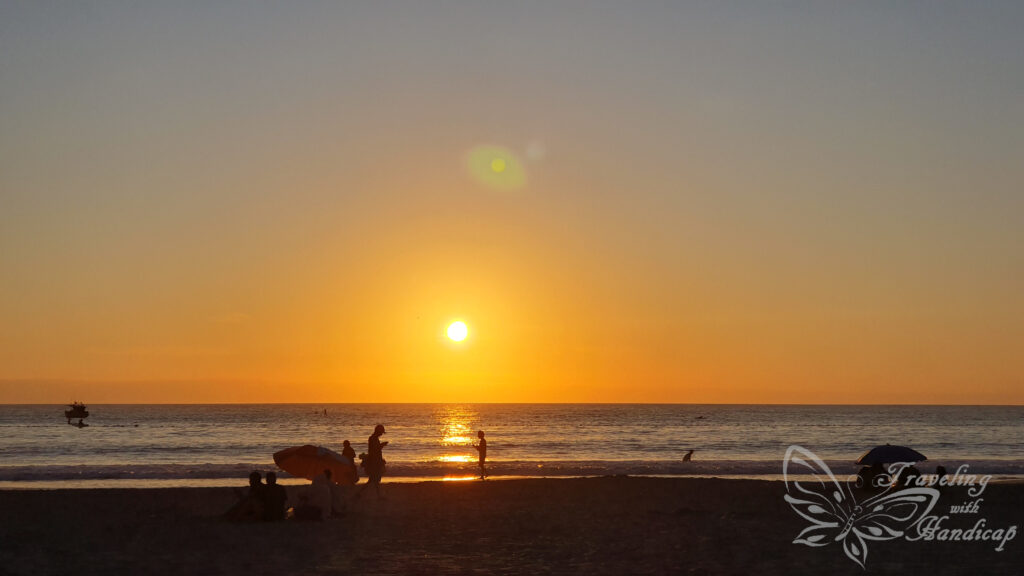

Possible trip from Iquique
From Iquique, you could take minibuses (vans, collectives) up the mountains to visit other places. I have been recommended to visit Pica, a tiny village on the mountains. People told me it is located in a little oasis and has some cool public baths. However, at least for me, it was too cold for swimming, and so I considered the amount of time on the bus (in and out) compared to the size of Pica as too much effort.
If you take the direct route from San Pedro/Calama to Iquique, you would pass by Pica. Maybe you could even get off the bus there, or at least have a glimpse out of the window to watch the little oasis.
Up to Chile’s northernmost tip, Arica
The route from Iquique to Arica was much nicer than the one from Antofagasta to Iquique. In most parts, the road was inland and through the northern tips of the Atacama Desert. Without all the mines, the desert was much nicer to experience. Now and then, there were green valleys. These looked quite out of place, surrounded by brown, smooth mountains. I have been told that within these green valleys there is a microclimate which makes the agriculture really productive.



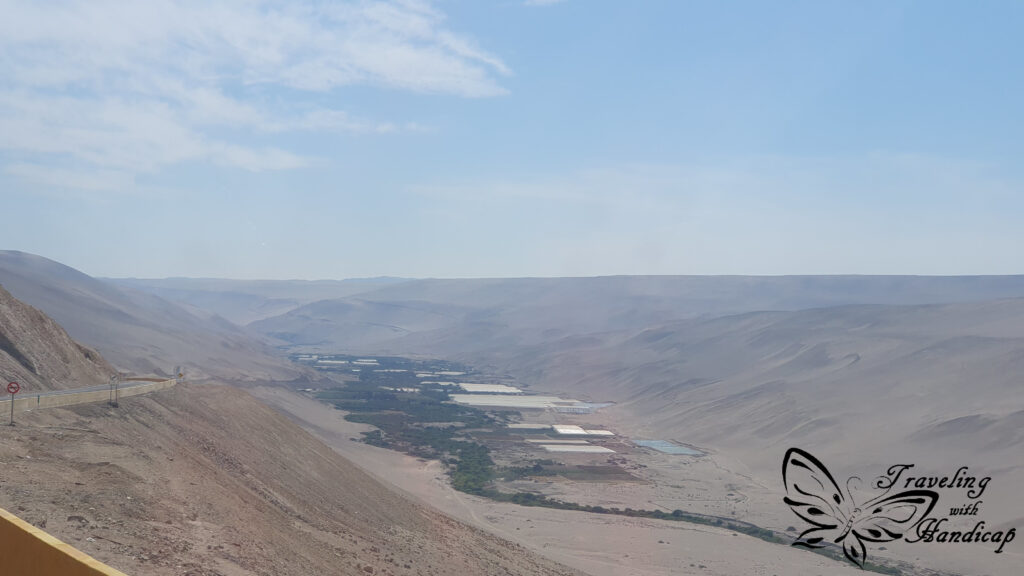
Arica
Arica itself isn’t really special. It has many beaches which are known to be good for surfing. However, the beaches are not really busy. I am not sure if this is due to the season or because people just spread out across the beaches. My hostel was right at one of the beaches and this time, I went swimming. The Humboldt current is a cold stream, but up in Arica, after “traveling” for quite some distance from Antarctica, the water wasn’t as freezing anymore.
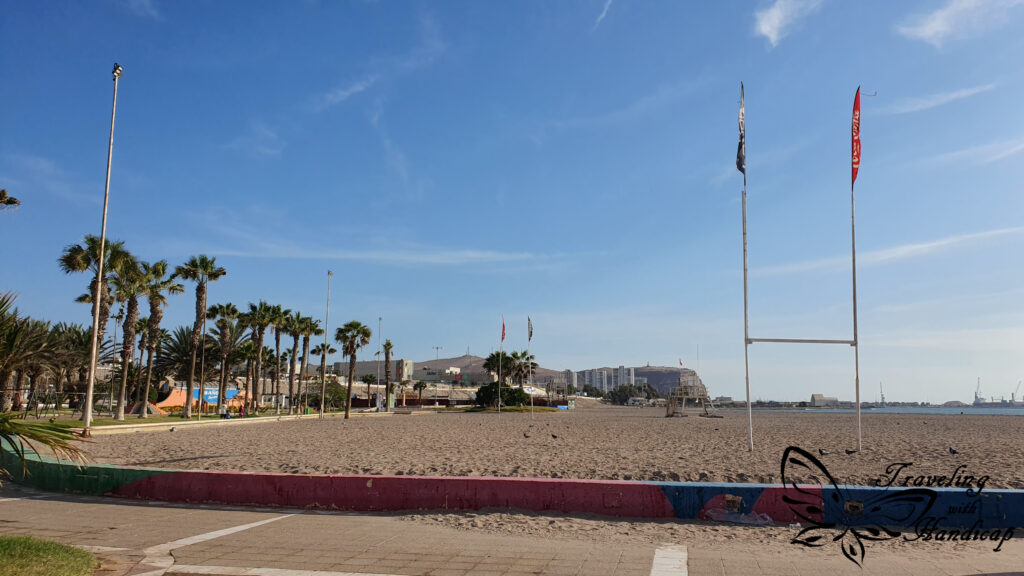
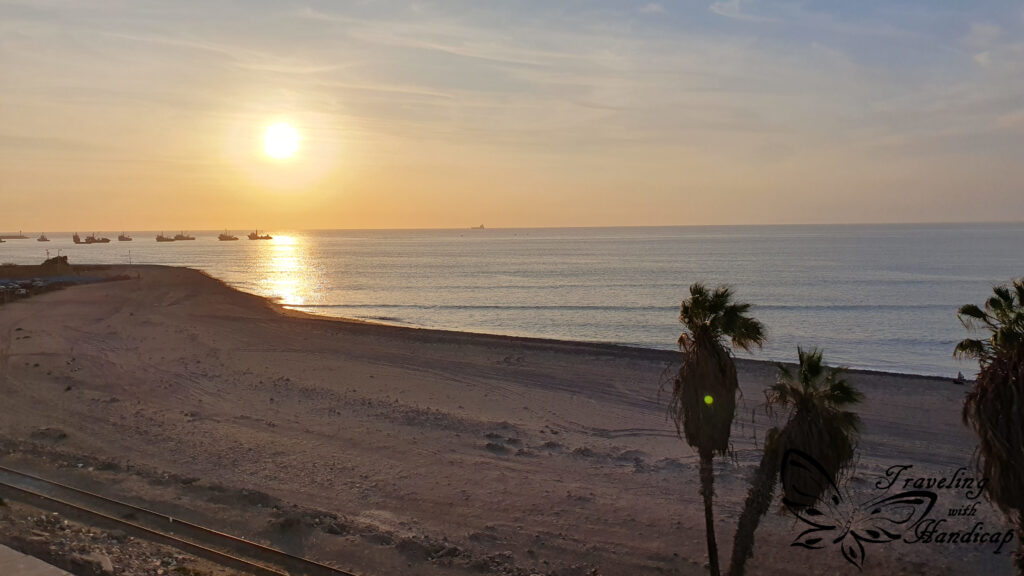

There are two main valleys accessible from Arica. Within one of them, in the town of San Miguel Azapa, there is a museum which shows the oldest mummies of the world. The museum itself is very tiny. It presents cultural aspects within one area, however, only in Spanish. It was presented well, however, the amount of information I gathered in the museum of Santa Cruz (central Chile) was much more extensive. The other area showed the mummies and explained the whole process of mummification very well. In this part, scanning a QR code allowed to listen to the explanations in other languages such as English, French, or German.
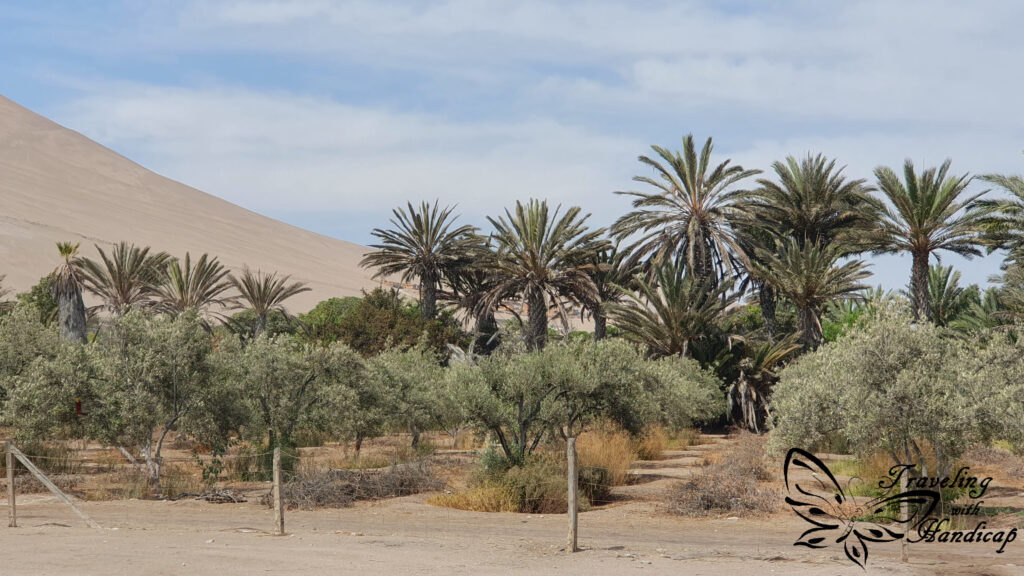
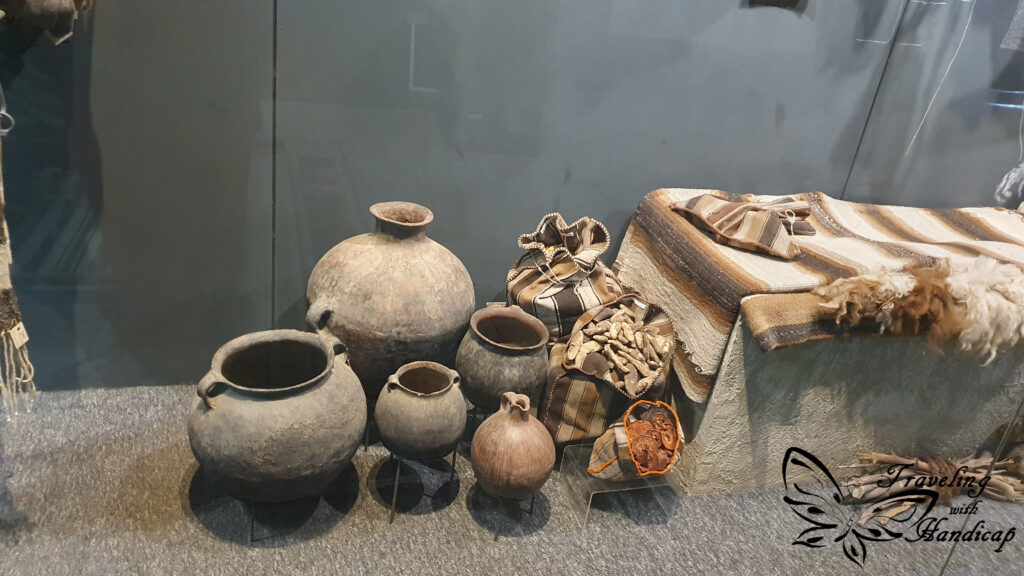

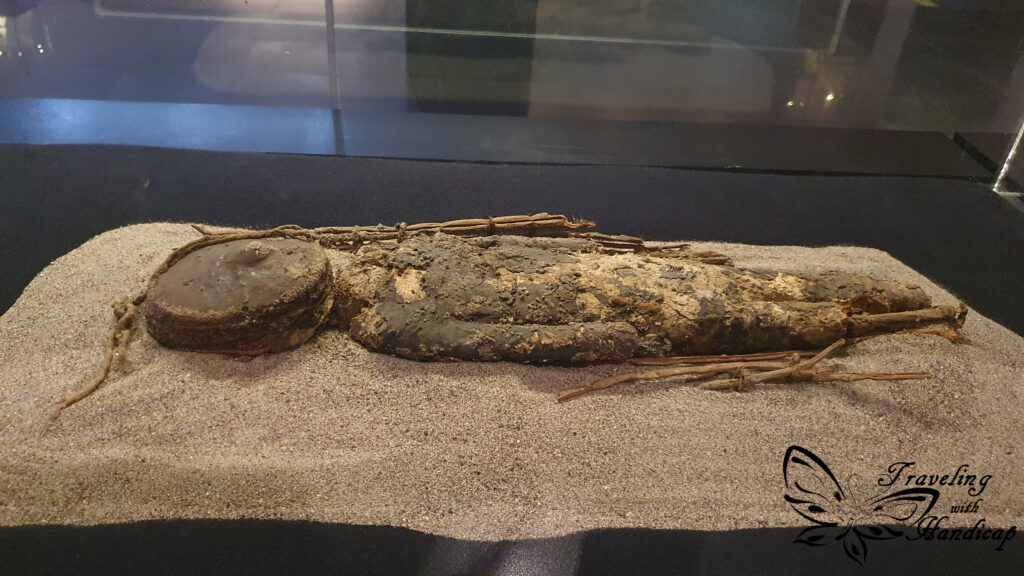
Borders (trijunction)
If you stay in Arica, you’re almost in Peru. Crossing the border by bus is said to be difficult, as you would take one bus to the border and another one in Peru. I am not sure whether this is true. Nevertheless, there is a train connecting Arica and Tacna (Peru) which is the recommended way to cross. In this case, you do all the border activities at the train station in Arica and then just go and enjoy the ride. When I stayed in Arica, there was one train to Tacna every morning.
Also, Bolivia is not very far, still much further away than Peru. In Arica, there is both a domestic and an international bus terminal (right next to each other). From the international terminal, there are different buses connecting Arica to La Paz, Bolivia. I got myself a ticket from Putre to La Paz, which is a stop approximately 2.5 hrs into the journey from Arica to La Paz. However, I would not recommend going directly to La Paz if you have problems with altitudes. This is because you go from approximately zero to above 4000 m within 5 hours. Especially kids are more affected, all kids in my bus were vomiting occasionally.
Border crossing into Bolivia
I would like to highlight that the road from Arica to Bolivia is full of trucks, most of them from Bolivia. This is because this road is the one which may be used by Bolivians to access a port. After the War of the Pacific, Bolivia lost access to the sea. This is why Bolivians don’t like Chile or talking about Chile in positive ways. Somehow, the agreement was reached that exactly this road may be used by Bolivians to transport cargo to the port without paying any tolls or tax.
This is why the queue of trucks on the border reached more than 1 km on both sides when we were passing by bus. Luckily, the bus was allowed to pass the queue of trucks. I am not sure though if cars and motorbikes may pass as well. Because there are so many trucks from Bolivia, and they are allowed to transport their goods, this road is also known to be used for drug transportation.
The Altiplano with Putre
I don’t recommend taking a bus from Arica to La Paz as you would miss out on the beautiful Parque Nacional Lauca. Since April is not high season of the area, there are not many tourists in Putre, mainly just people making a stopover to acclimatize (prevent altitude sickness). Therefore, I did a tour from Arica instead of going to Putre individually and starting the tour from Putre. On the way back, I stayed in Putre (without going back to Arica).
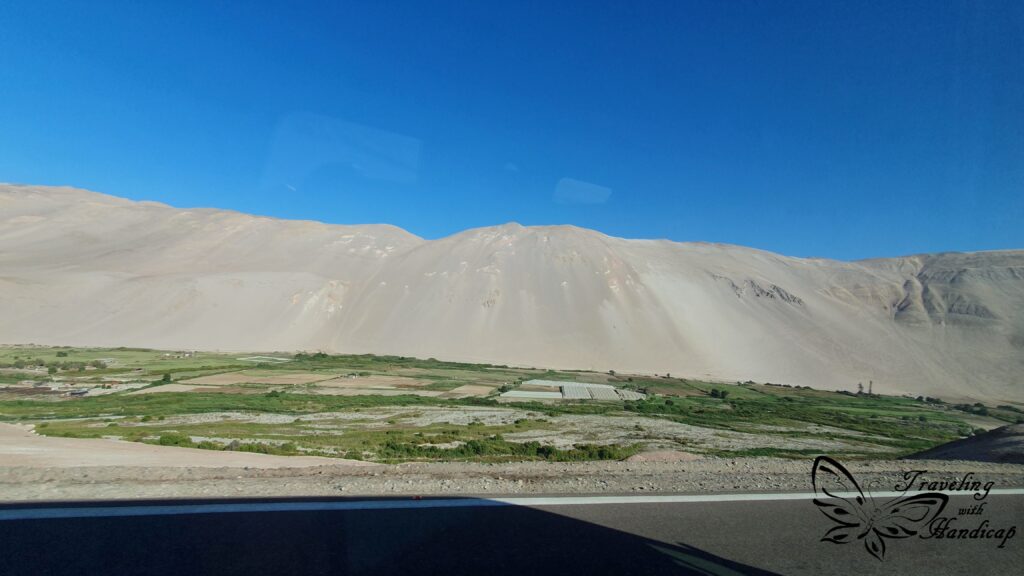

Parque Nacional Lauca
This national park is located in the Altiplano region of Chile. Altiplano can be translated, literally, by “flat area on altitude”. Moreover, The Parque Nacional Lauca is not on/within the Atacama Desert. From Arica to the national park, you will recognize different types of cactus and plants (depending on the altitude). Personally, I like this region more than the (super dry) Atacama Desert. This is because many parts of the Atacama were dusty and covered with mines. It was more similar to the semidesert around La Serena.


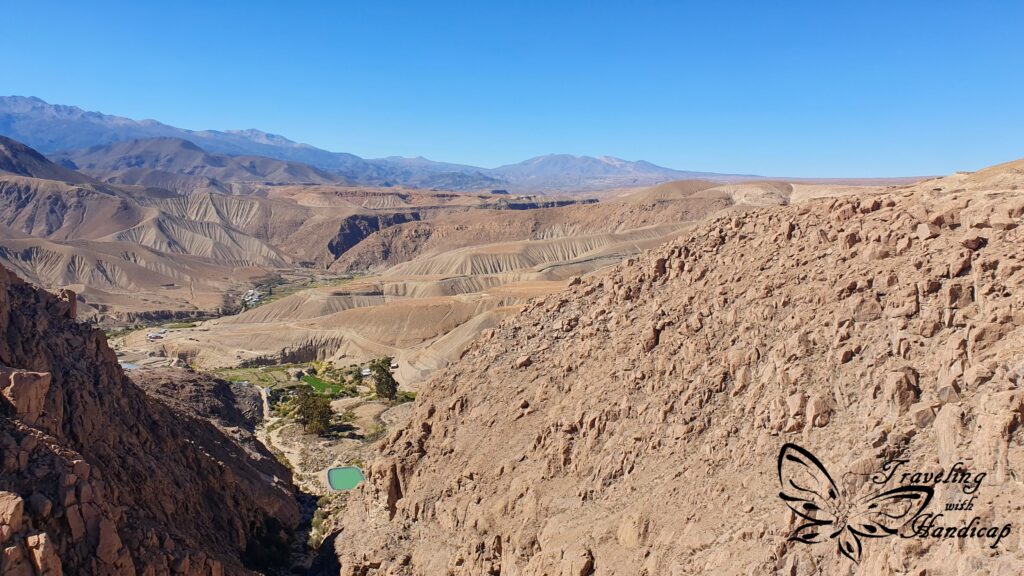
On the tour, we’ve stopped at the oldest church of the region and on some viewpoints to stepwise adjust to the increase of altitude. As soon as we reached the Altiplano (Putre is located just at its border), we could encounter alpacas, llamas, vicuñas, and viscachas. Moreover, there are little rivers and lagoons, surrounded by the tops of (former) volcanoes. Additionally, we learned a lot about indigenous cultures of the area. Our driver and guide even performed a ritual for and with us.
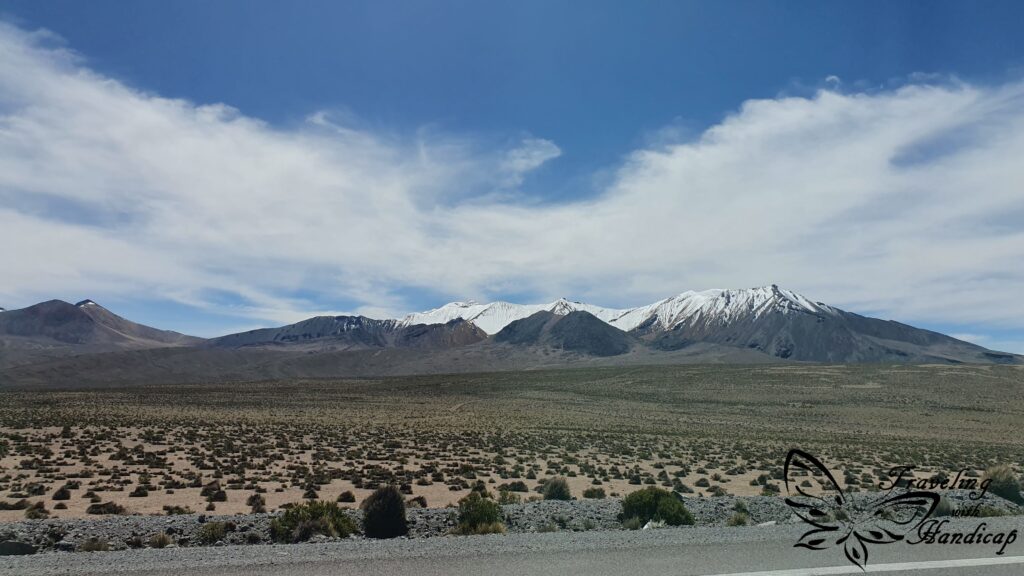
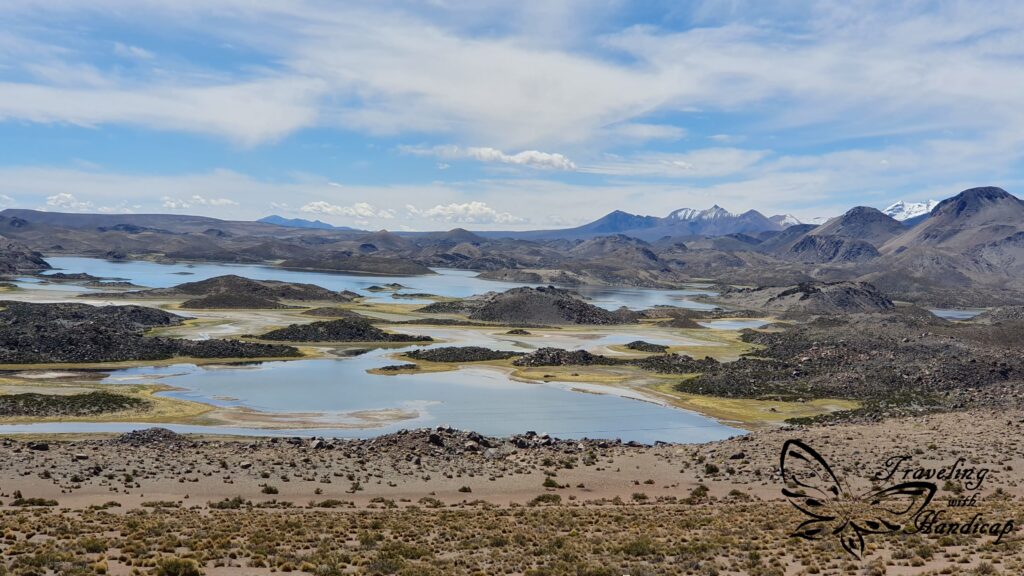
My highlight of the tour was the lake Chungará located at the volcano Parinacota with an altitude of approximately 4500 m. This lake is the highest lake in the world, but it’s not shippable. The highest shippable lake is Lake Titicaca. We didn’t see many flamingos as they are in Peru currently (season dependent, they went north for southern winter, I assume).


Putre
Putre is a nice little town at the edge of the Chilean Altiplano region and capital of the region covering the Altiplano. It offers everything you need, from hospital to bank to daily necessities. Everything tinier and with fewer options to select, but existing. I like Putre, it has a certain charm. Moreover, the sunset looks quite impressive as you see the sun setting behind mountains which are on lower altitude than Putre. Putre is known to be an agricultural capital. Due to the microclimate around Putre, people grow many plants, vegetables, and fruit.

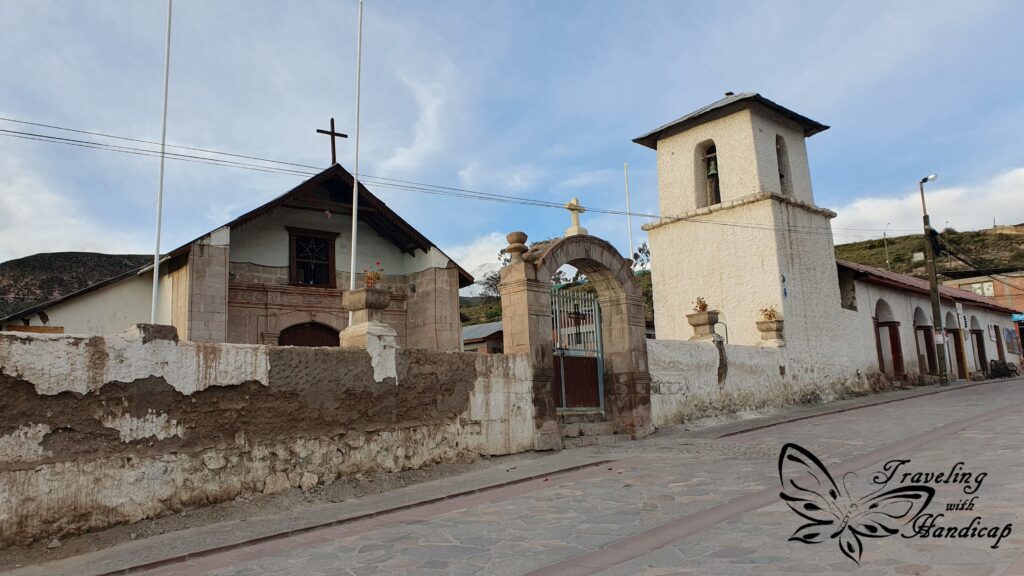
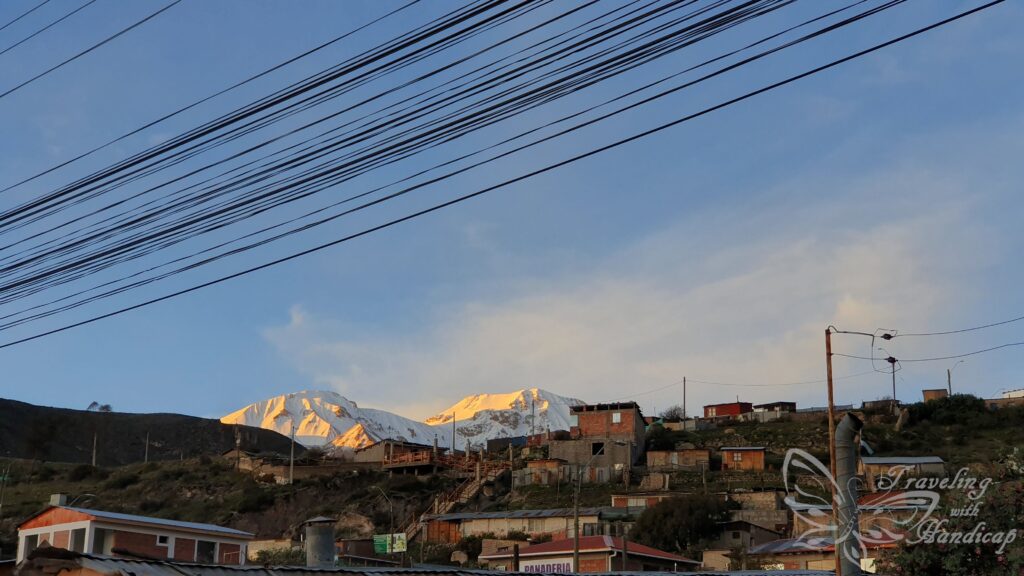
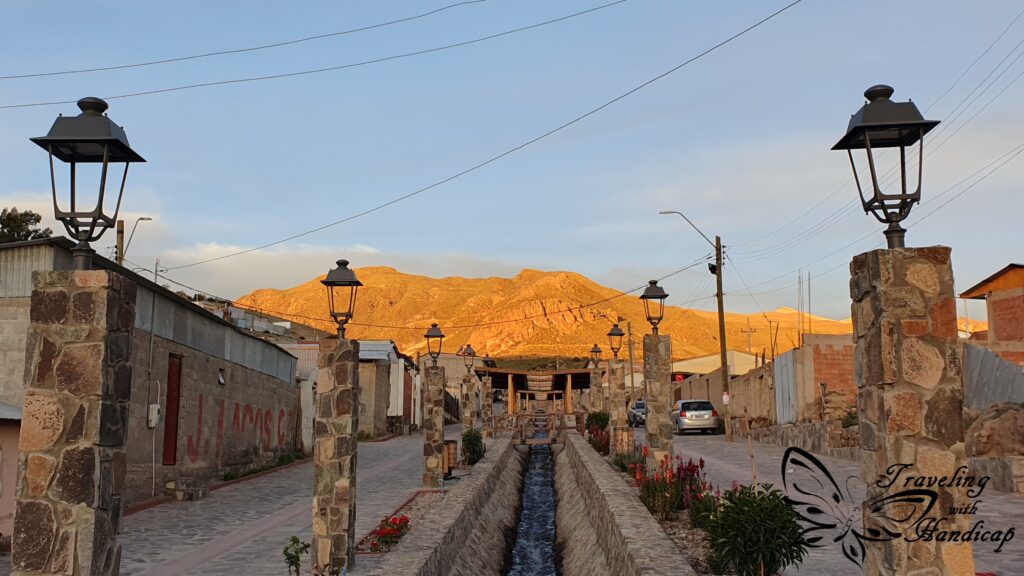

There is a direct bus from Arica to Putre once per day. However, if you want to take the bus to Bolivia, you need to get someone driving you to the highway (6 km away from Putre). There is a bus stop for long distance buses. I bought a ticket in Arica for a specific journey. The company (CALI) wrote down the note that I would hop on in Putre which worked out very well.
